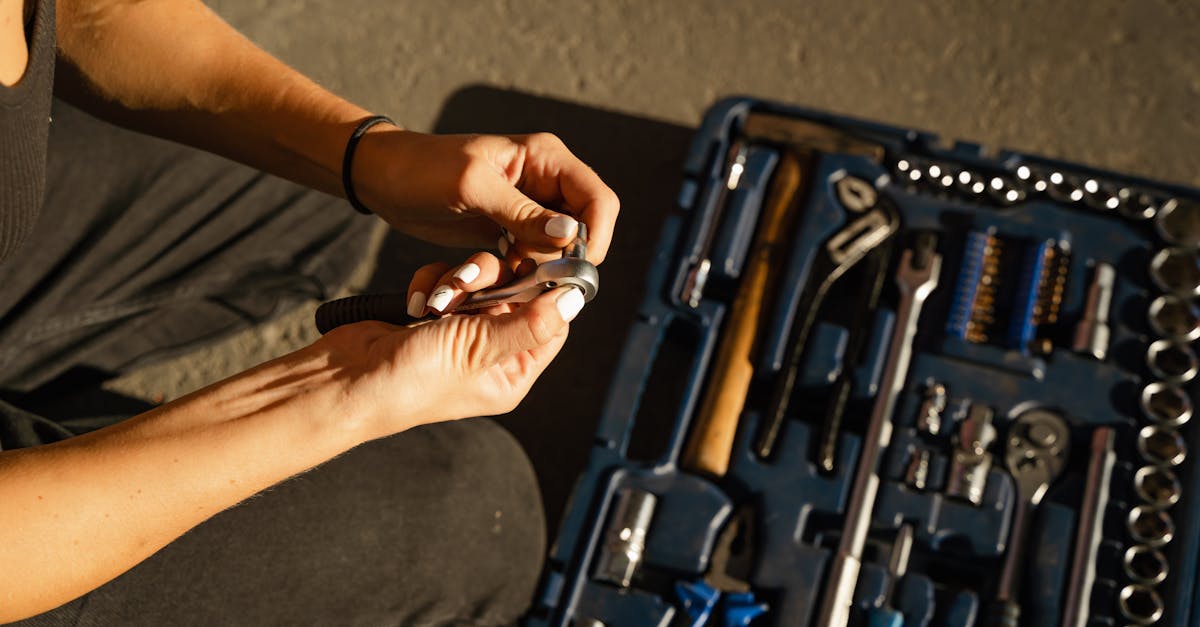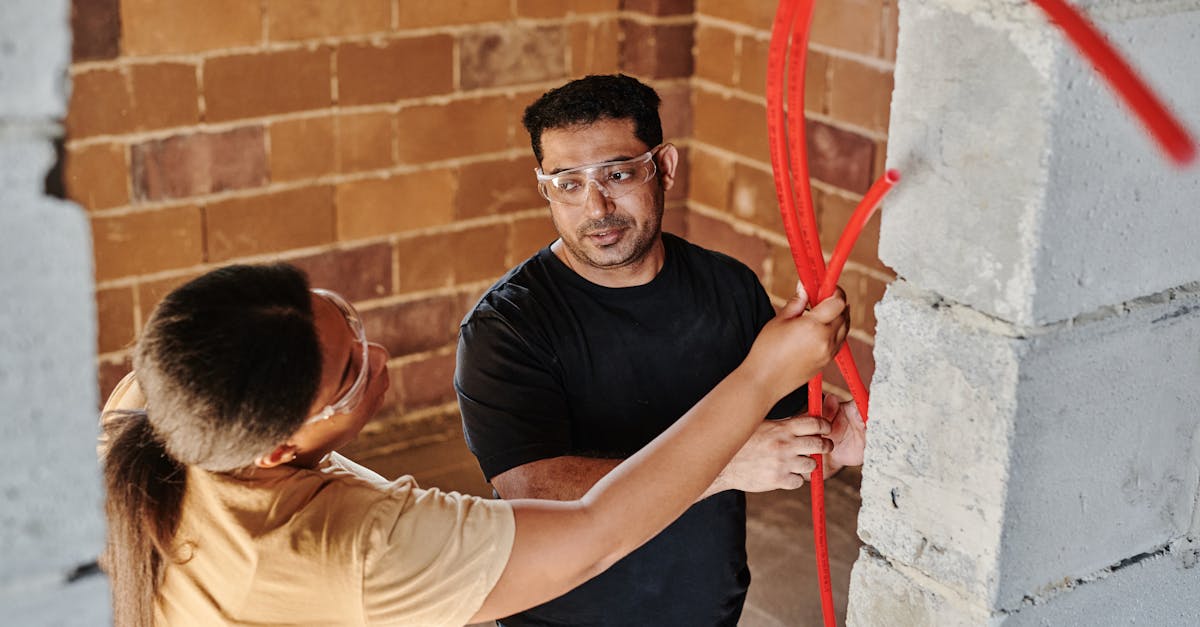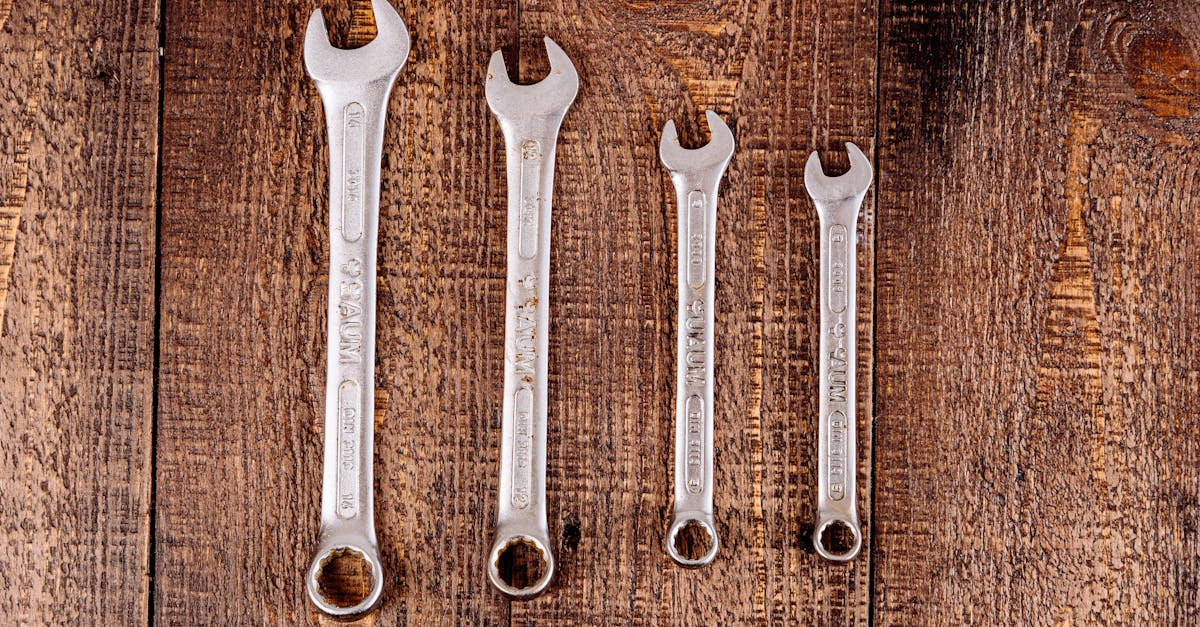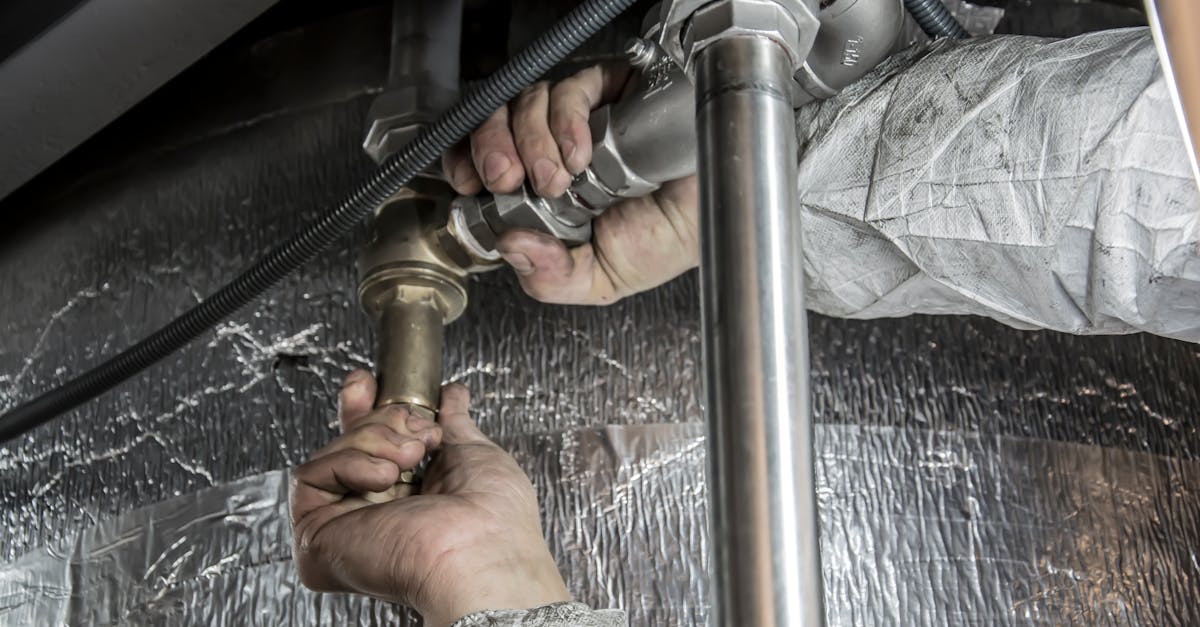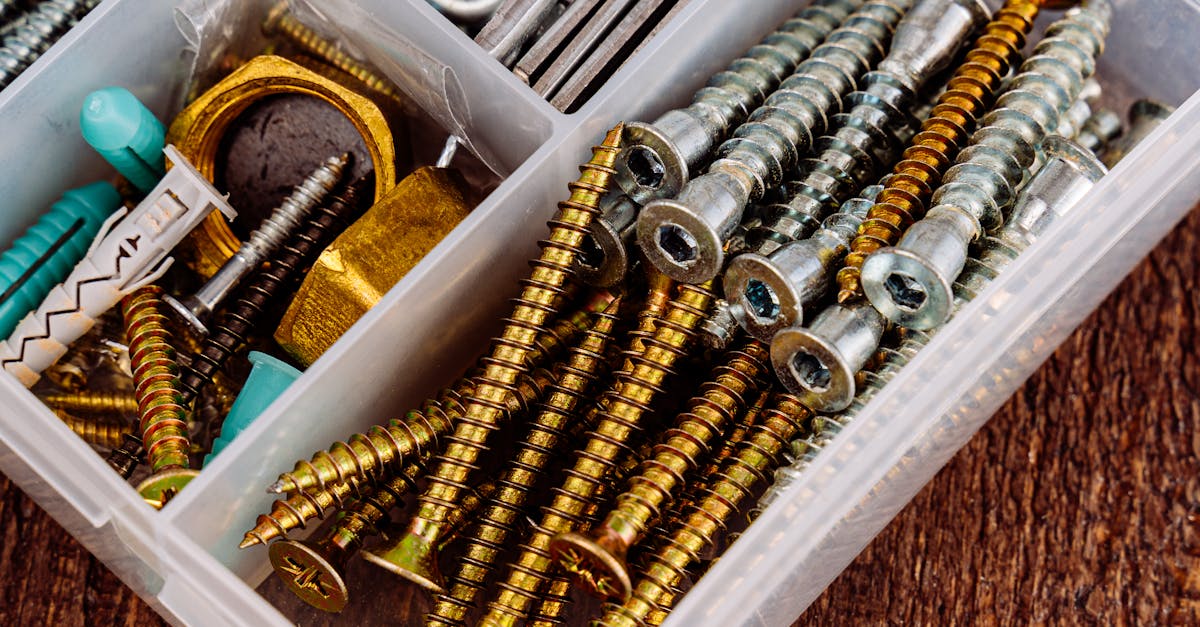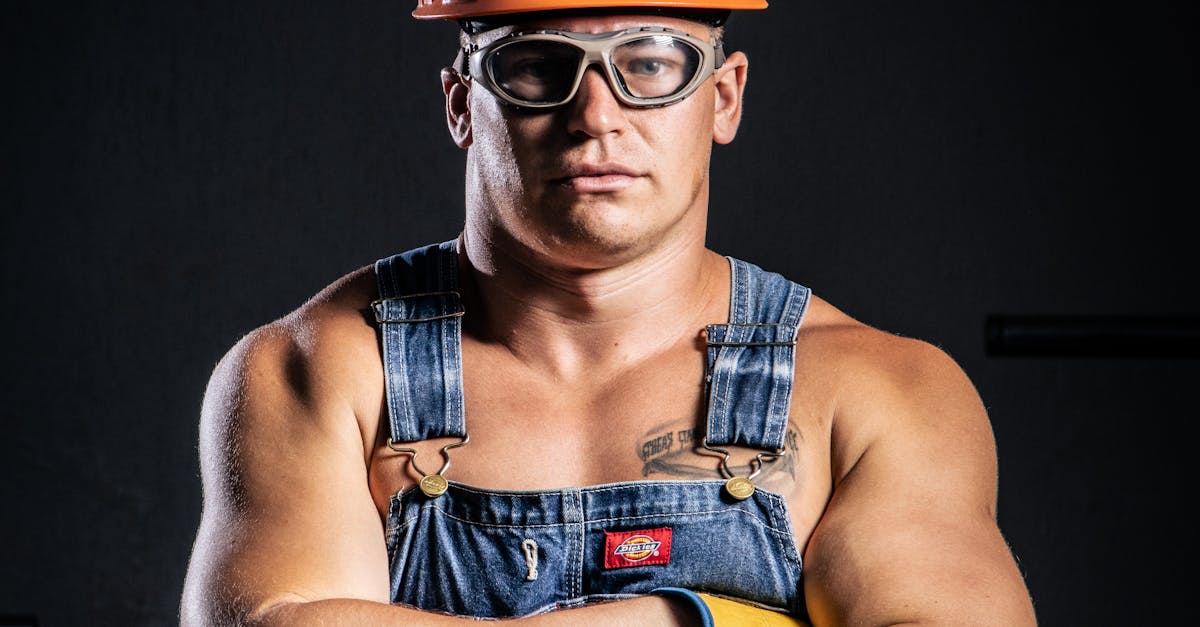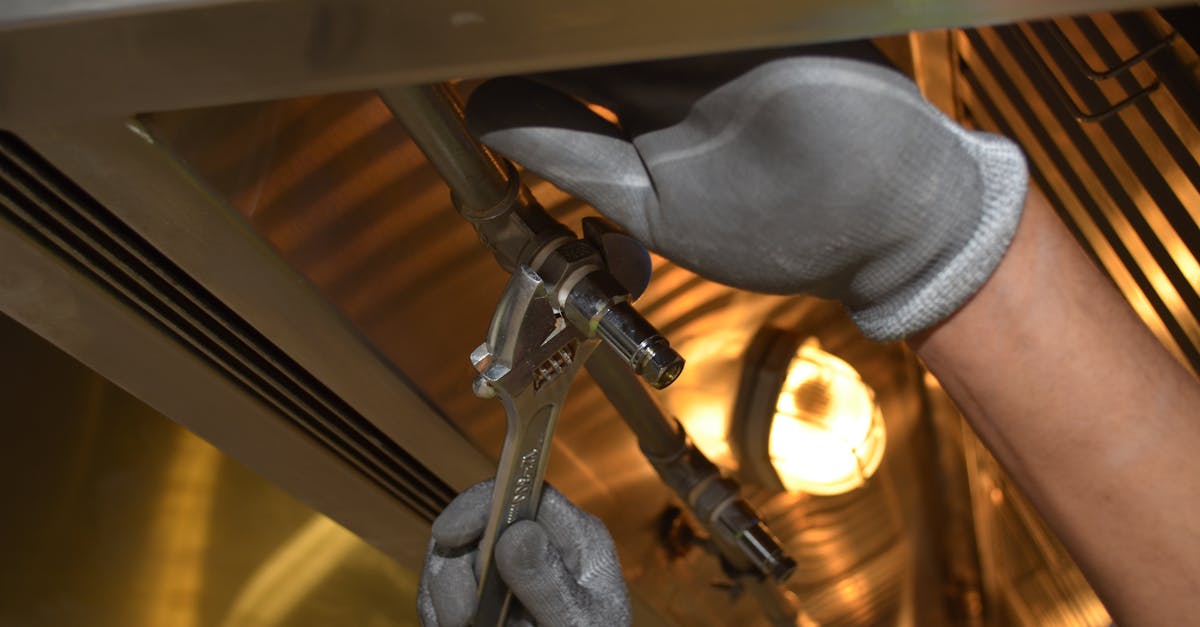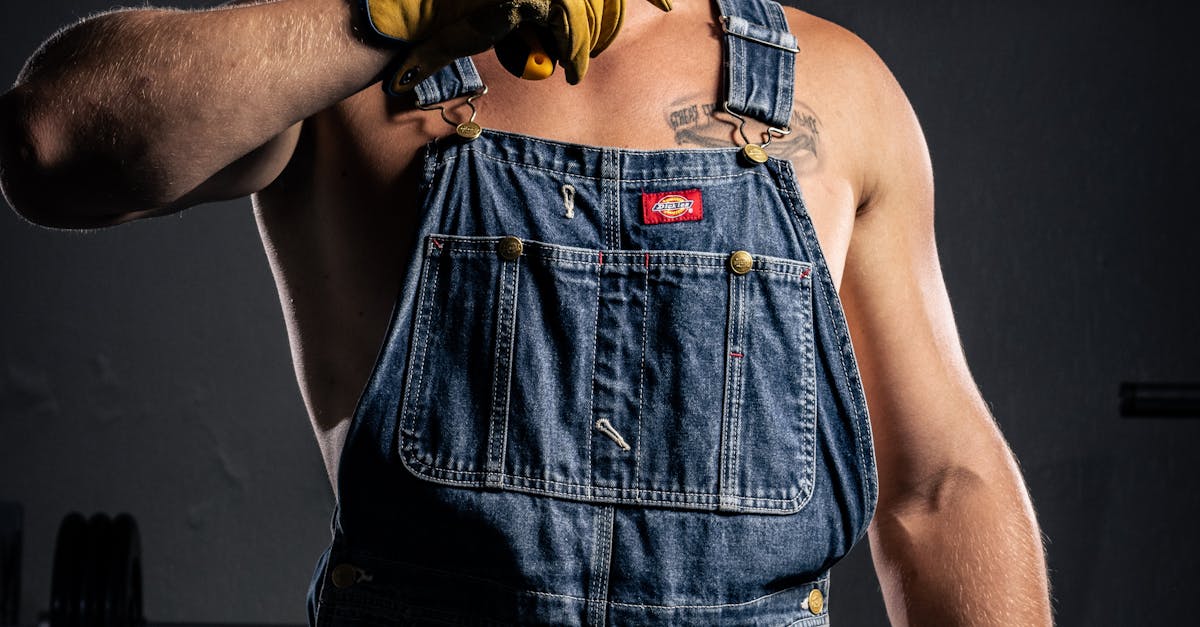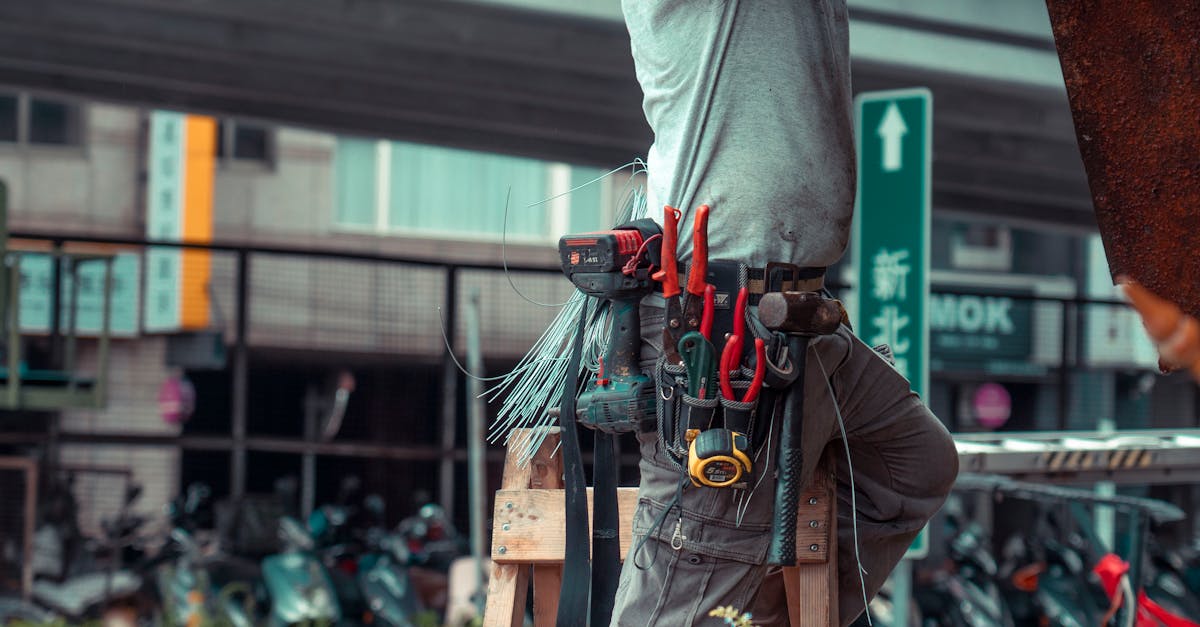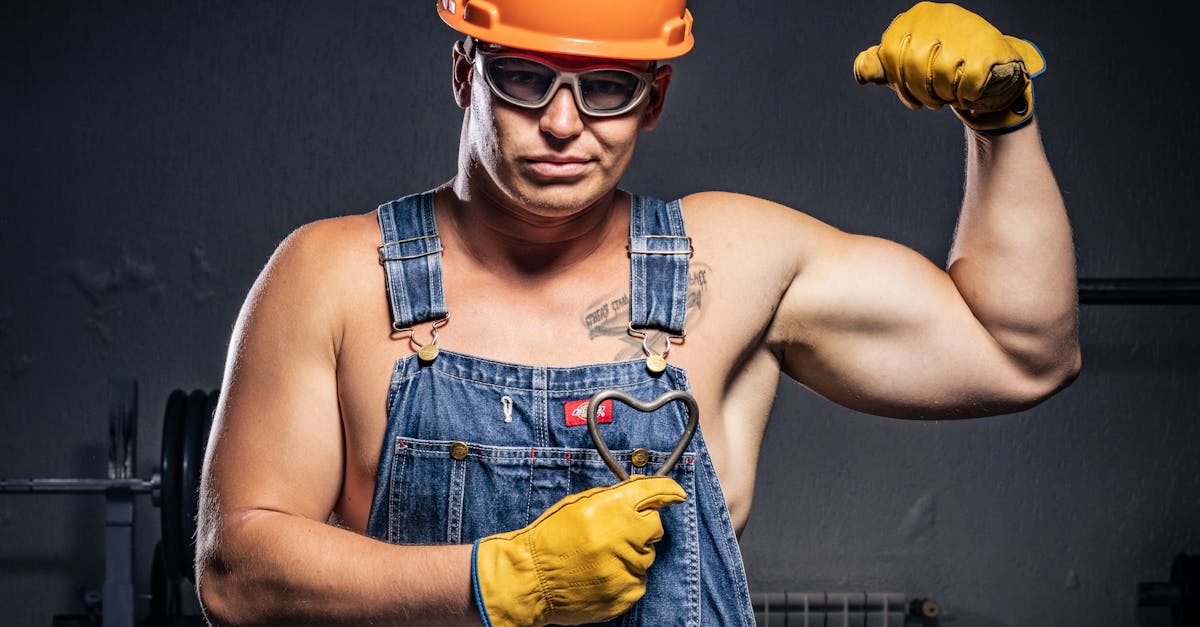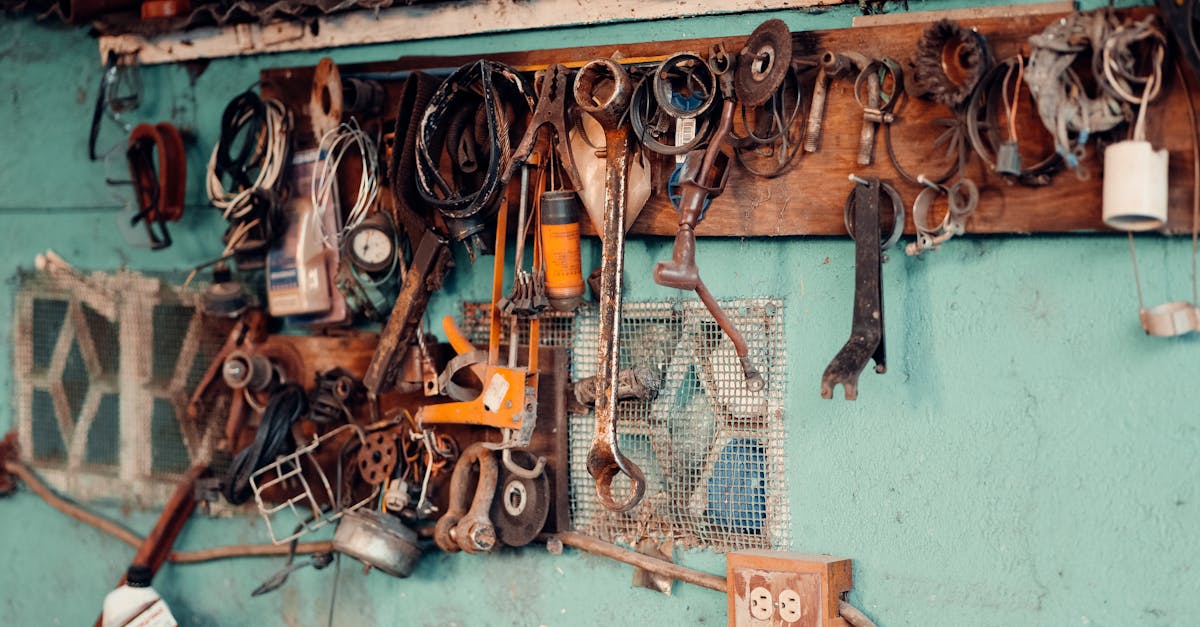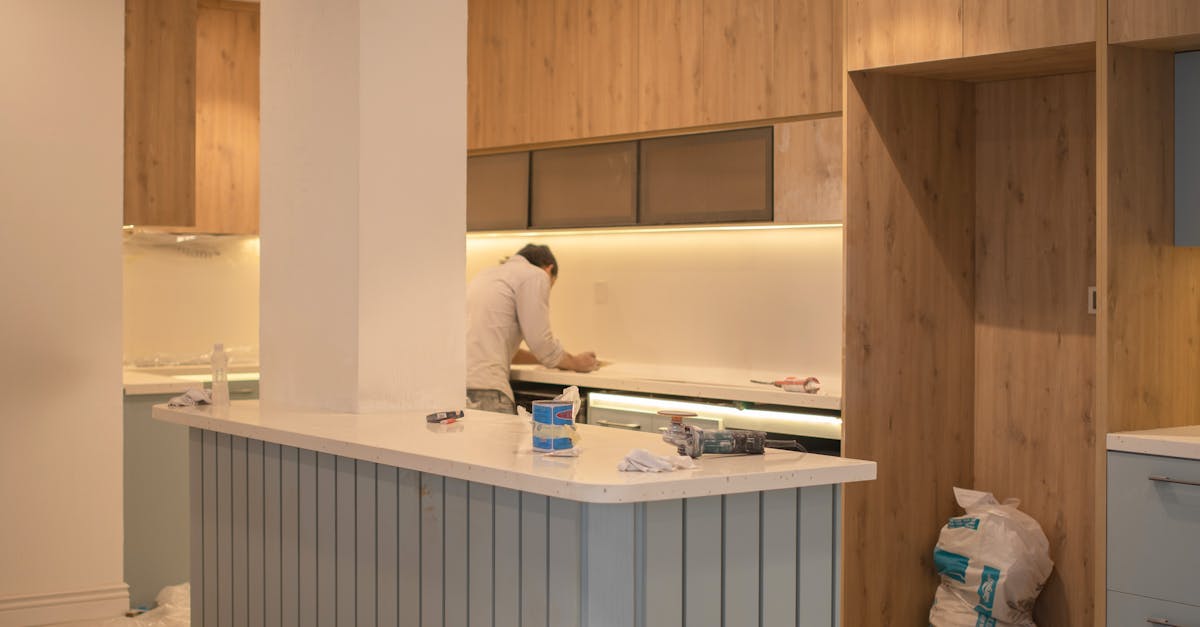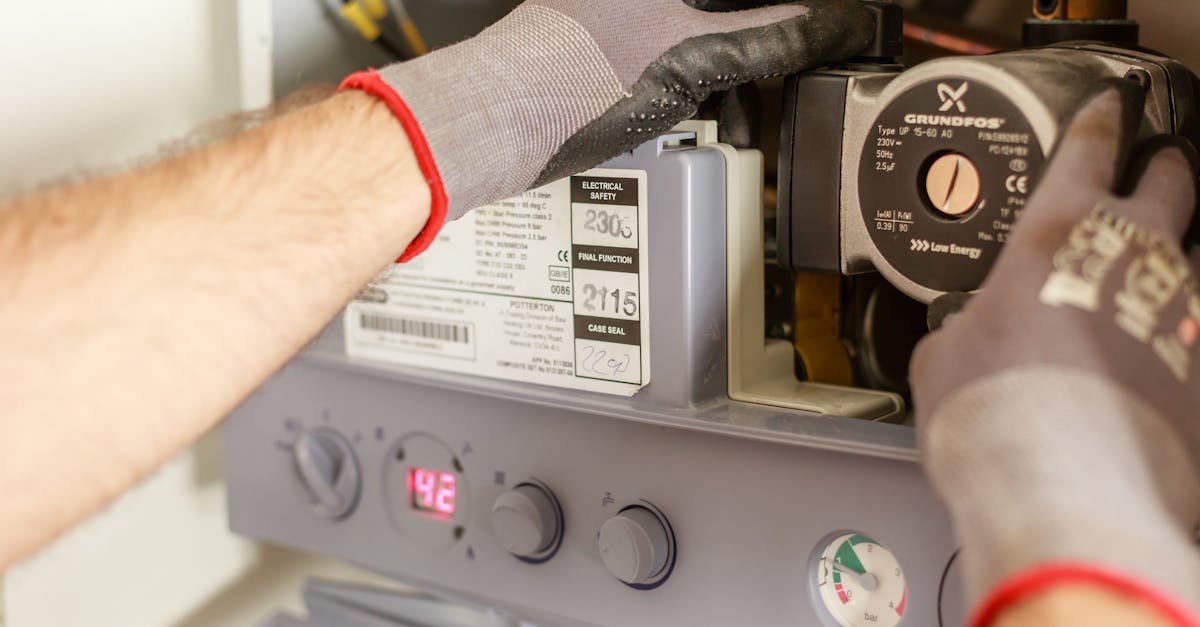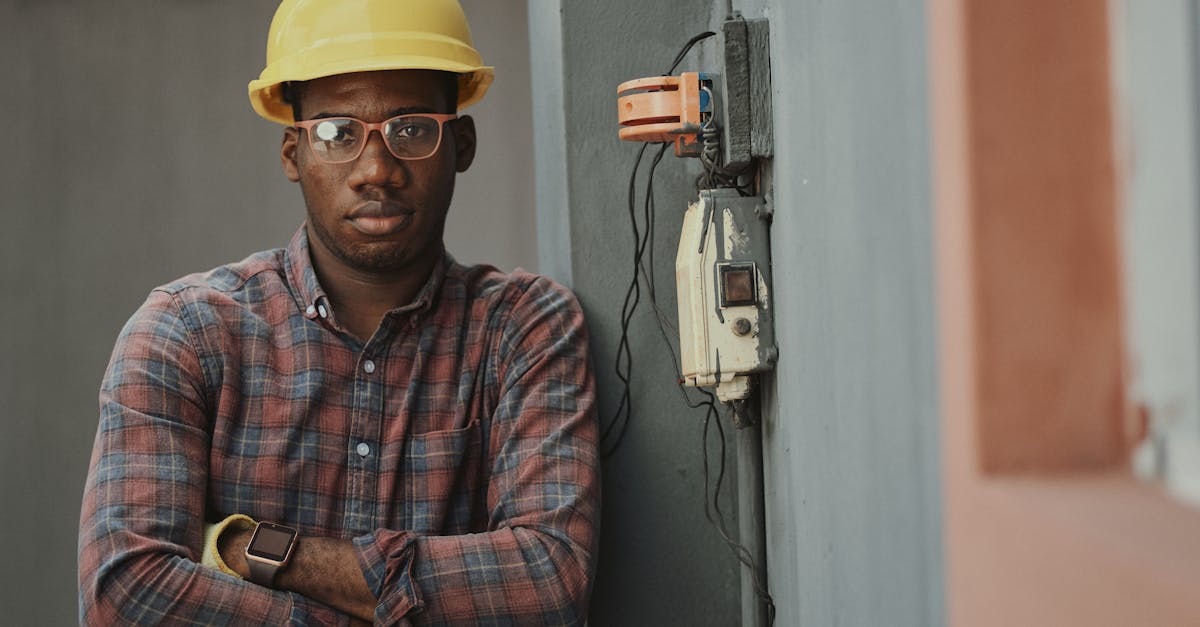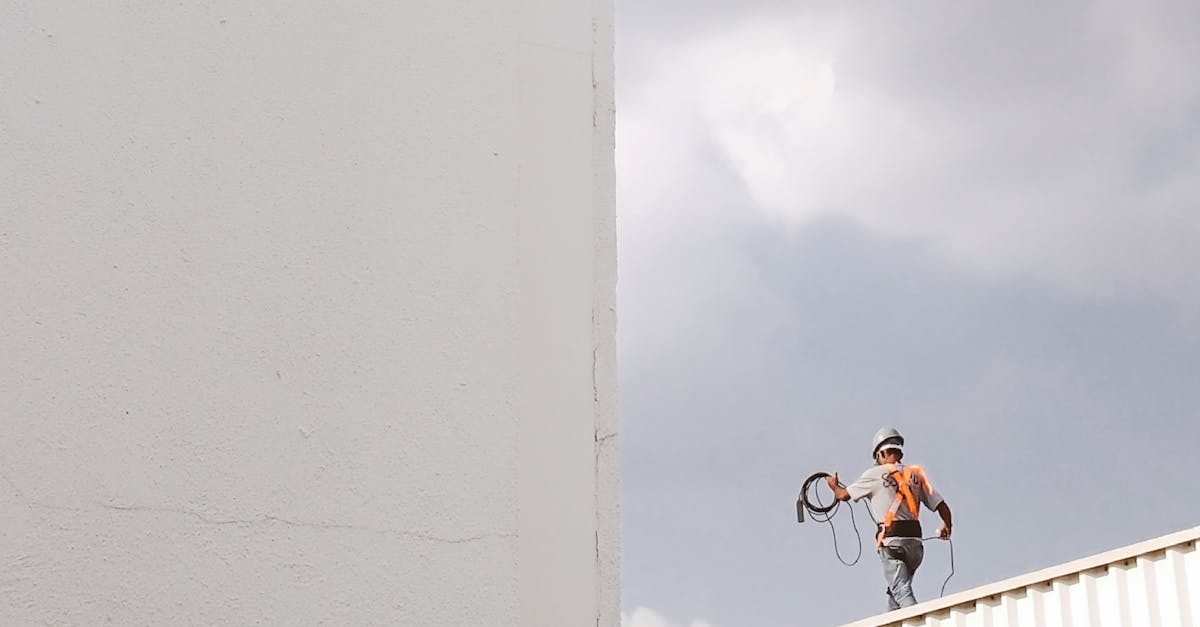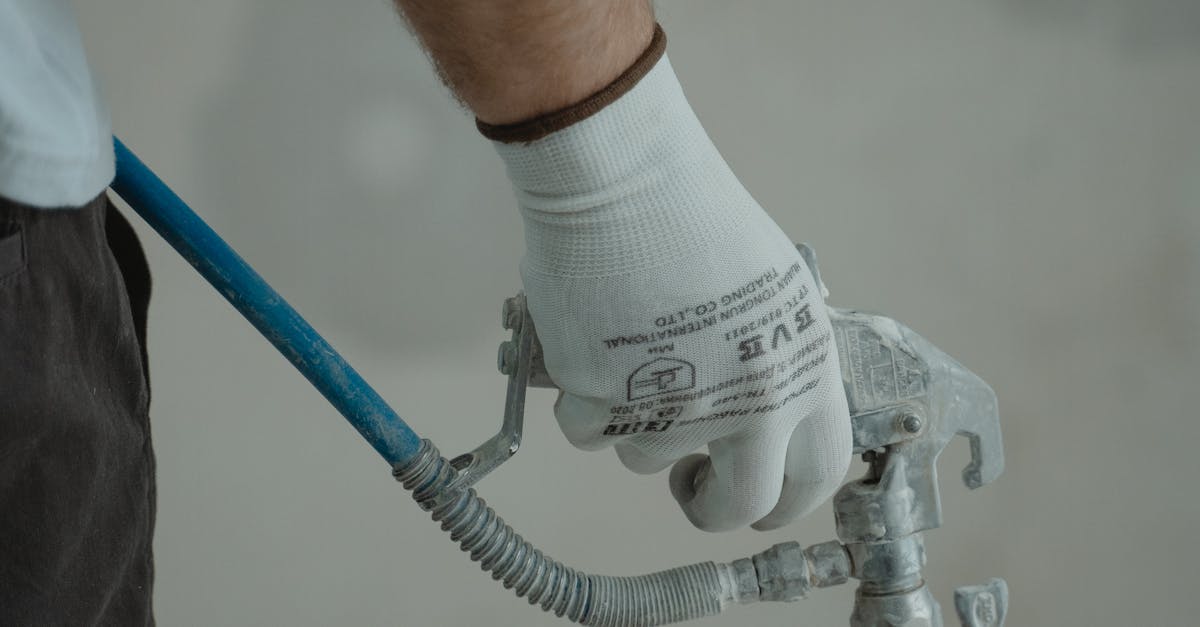
Table Of Contents
Common Applications
Pipe relining offers a versatile solution for various plumbing issues. It is commonly applied in residential and commercial settings where traditional excavation is impractical or expensive. This method effectively addresses problems such as leaks, corrosion, and damaged pipes, making it an ideal choice for maintaining the integrity of existing plumbing systems without extensive disruption to property.
Many municipalities also utilize pipe relining to repair aging infrastructure. This application is particularly beneficial for sewer systems, where access to deep underground pipes can be challenging. By using pipe relining technology, cities can extend the life of their water and sewer lines while minimizing the environmental impact associated with traditional methods of repair.
What Types of Pipes Can Be Relined?
Pipe relining is a versatile method that can be applied to various types of pipes commonly found in residential and commercial settings. This technique is suitable for sewer pipes, stormwater drains, and lateral pipes. The process accommodates different materials, including clay, PVC, and cast iron. The adaptability of pipe relining makes it a popular choice for addressing issues like leaks, cracks, and tree root infiltration without the need for extensive excavation.
Certain limitations exist regarding the diameter and condition of pipes that can be relined. While many standard-sized pipes can benefit from pipe relining, severely damaged or collapsed pipes may require additional measures. It is also important to note that pipes with significant bends or irregular shapes may pose challenges during the relining process. Understanding the specific type and condition of the pipes in question is crucial for determining the feasibility of this method.
Potential Drawbacks
While pipe relining offers several advantages, some potential drawbacks merit consideration. One significant concern is that it may not be a viable solution for severely damaged pipes. Structural issues such as extreme corrosion or substantial fractures can hinder the effectiveness of the relining process. Additionally, if the existing pipe has extensive structural defects, it may require more comprehensive repairs than relining can provide.
Another drawback to consider is the upfront cost associated with pipe relining. Although it can be more affordable than traditional excavation methods in the long run, the initial investment can be substantial. Homeowners may find themselves paying a hefty sum for the relining process, and if problems arise shortly after installation, it could lead to additional expenses. This financial aspect can make some individuals hesitant about committing to pipe relining as a long-term solution.
Limitations of Pipe Relining
Pipe relining offers an innovative solution for damaged pipes, but it comes with certain limitations that homeowners need to consider. One significant concern is that pipe relining may not be suitable for all types of damage. Severe structural issues, such as substantial fractures or collapses of the pipe, often require more invasive methods of repair, as relining alone may not provide a long-term solution in these cases.
Additionally, the costs associated with pipe relining can vary widely based on factors like location and the extent of the damage. While it can often prove more cost-efficient compared to traditional excavation methods, some situations may still make it an expensive option. Homeowners should also be aware that the success of pipe relining depends on the skill of the professionals performing the service, which emphasizes the importance of selecting reputable experts for the job.
Choosing the Right Professionals
Selecting the right professionals for pipe relining is essential for ensuring effective and lasting results. Begin by researching local companies that specialize in this service. Look for contractors with extensive experience and positive customer reviews. Checking industry certifications and licenses can provide additional assurance that the professionals have the necessary skills to perform the job correctly.
Communication is another critical factor when choosing a pipe relining service. Discuss your specific needs and ask questions about their process and materials used. A reputable company should be transparent about their techniques and provide a detailed estimate. Prioritizing professionalism and customer service can lead to a smoother experience and ultimately enhance the quality of the pipe relining project.
Key Factors in Selecting a Pipe Relining Service
When selecting a pipe relining service, consider the company's experience and expertise in the field. A reputable provider should have a proven track record of successful projects and positive customer reviews. Investigate the technologies and materials they use, ensuring they comply with industry standards. Knowledgeable professionals will be equipped to assess the condition of your pipes and recommend the best relining solutions.
Cost is another critical factor. While pipe relining offers a cost-effective alternative to traditional methods, obtaining detailed quotes from multiple service providers can help you understand market rates. Transparent pricing indicates professionalism and reliability. Evaluate the warranty or guarantee provided, as this reflects the company's confidence in the quality of their work.
FAQS
What is pipe relining?
Pipe relining is a trenchless repair method used to rehabilitate existing pipes by inserting a liner coated with resin into the damaged pipe, which is then hardened to create a new pipe within the old one.
What types of pipes can be relined?
Most types of pipes can be relined, including clay, PVC, cast iron, and concrete pipes. However, the method's effectiveness may vary depending on the pipe material and condition.
What are the main benefits of pipe relining?
The main benefits of pipe relining include minimal disruption to property, reduced labor and restoration costs, a longer lifespan for the pipes, and improved flow without the need for complete pipe replacement.
Are there any drawbacks to pipe relining?
Yes, potential drawbacks include limitations in addressing severe structural issues, the possibility of relining not being a permanent solution for all types of damage, and the need for specialized professionals to perform the service.
How do I choose the right professionals for pipe relining?
When selecting a pipe relining service, consider factors such as the company's experience, reputation, technology used, warranties offered, and customer reviews to ensure you choose a reputable and skilled professional.

